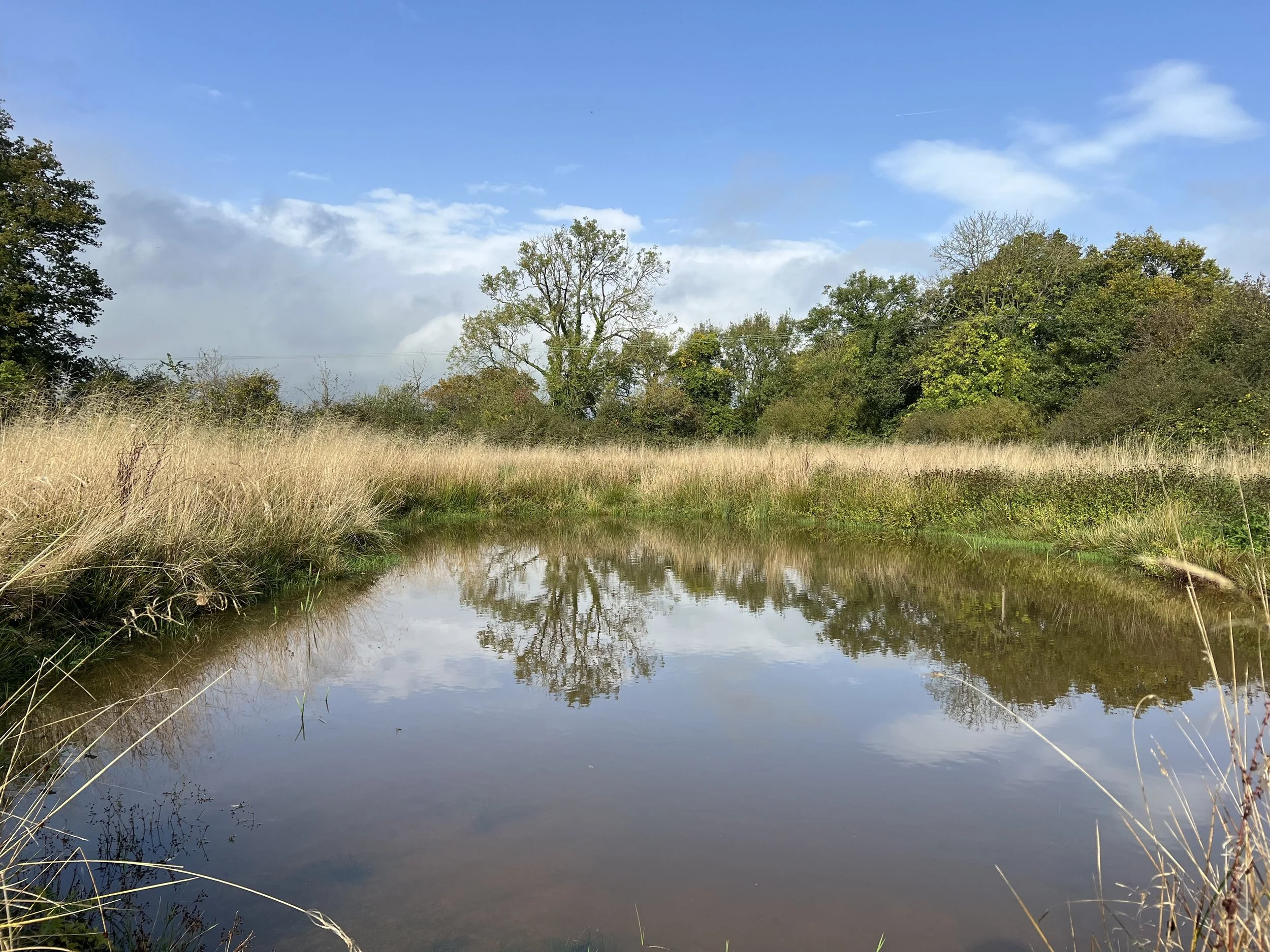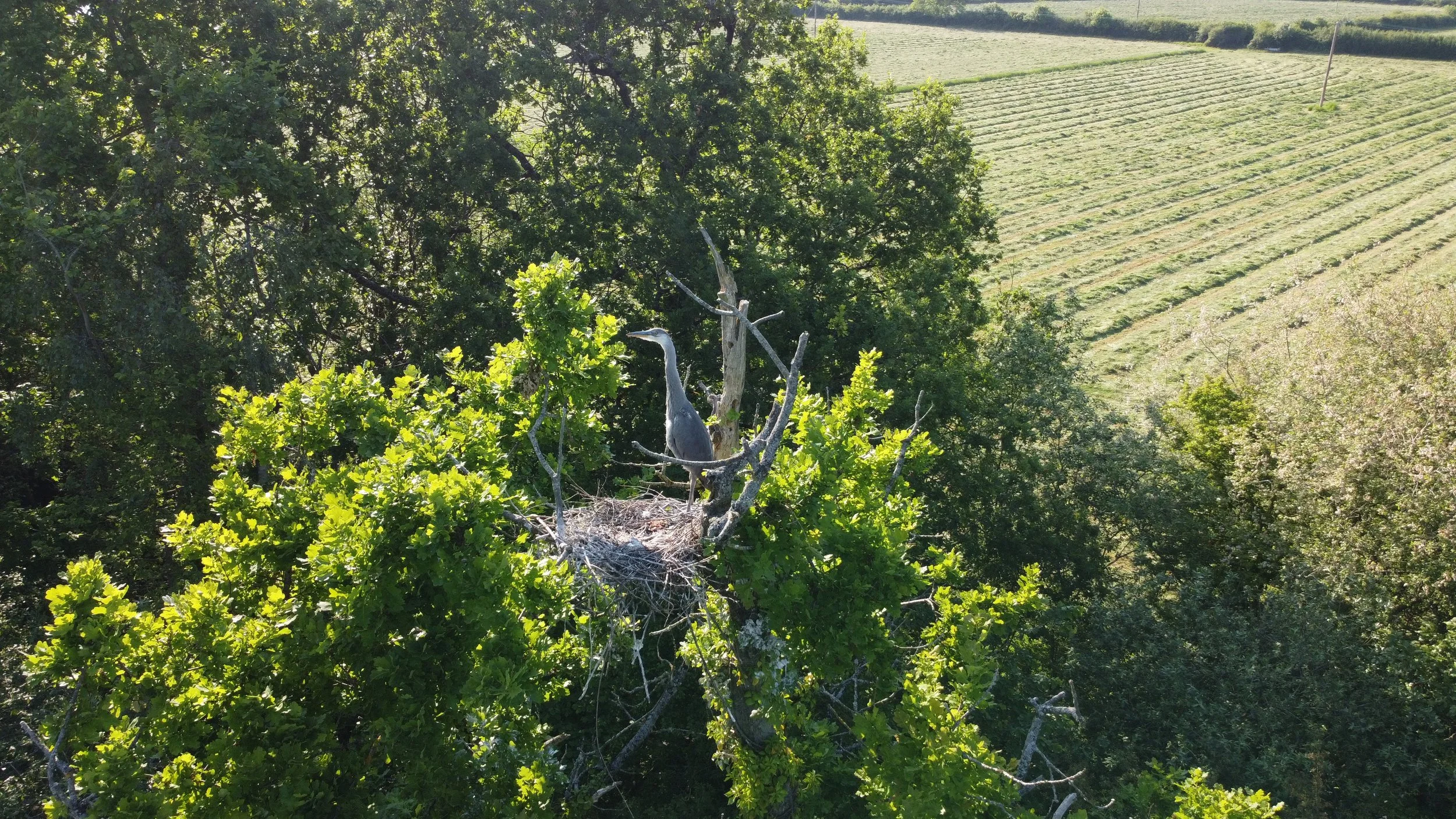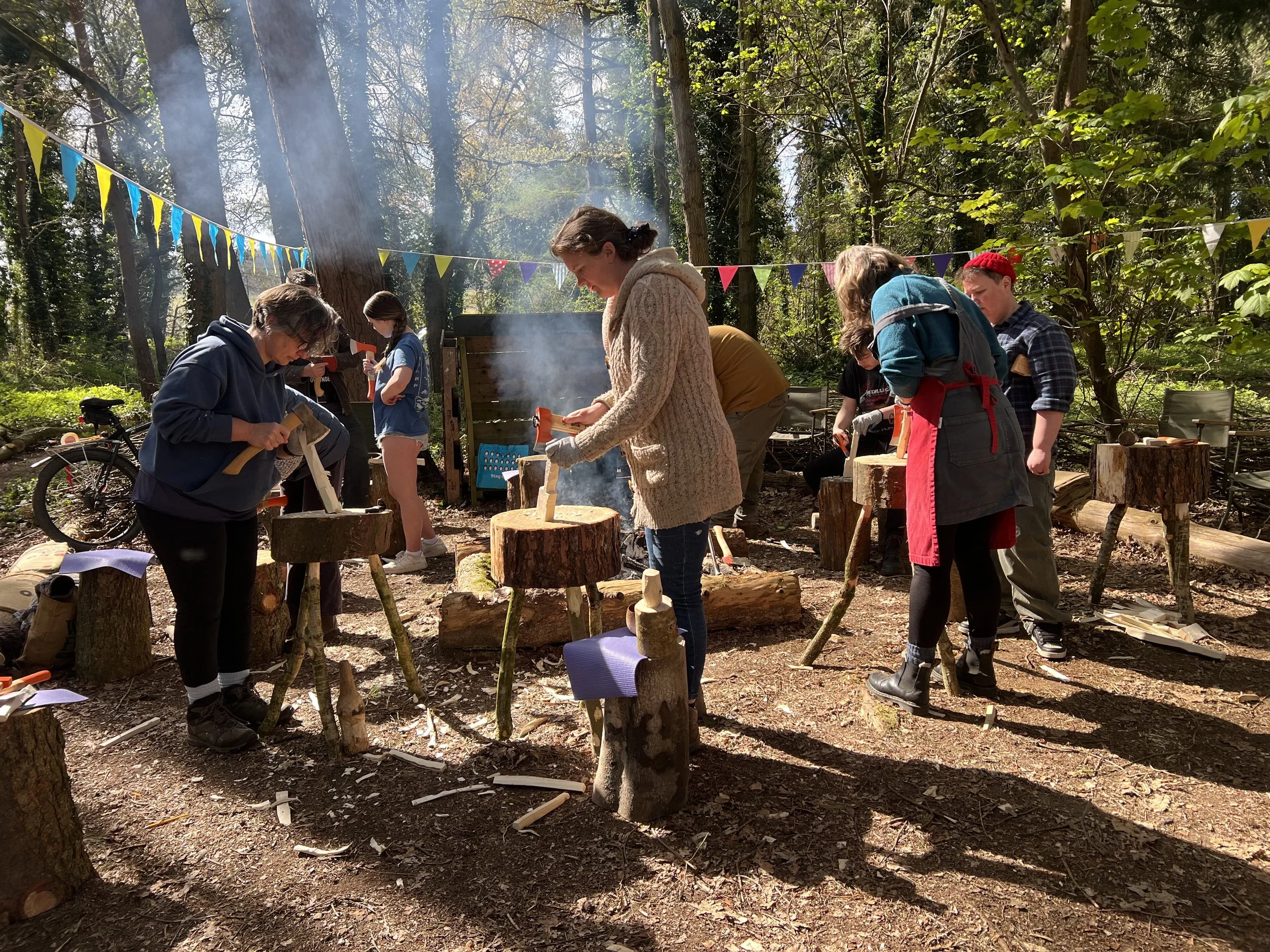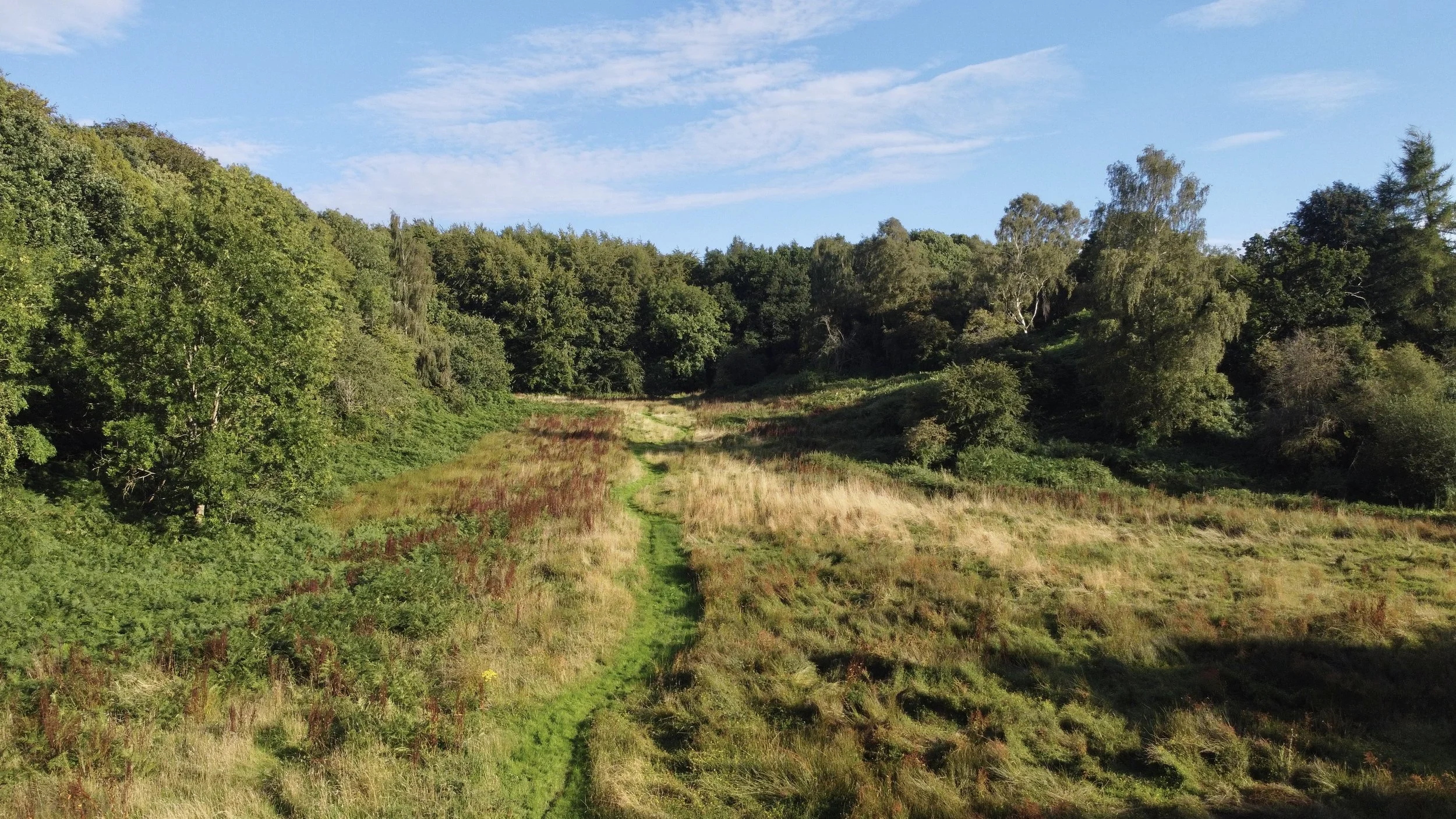Nature restoration growing in West of England
By Sam Peters, Co-founder Planted
Tucked away behind the UK’s hedgerows, fences and gates there is a quiet revolution occurring.
With many, although far from all, inspired by Isabella Tree’s seminal book Wilding, published in 2019 before reaching a mass audience during subsequent COVID lockdowns, Britain’s rewilding movement, or nature recovery movement as some would prefer, continues to gather pace.
But while Tree’s book recounts the joyous return to nature of a vast unprofitable, intensive 3,500-acre former dairy farm in Sussex, for most folk the sheer scale of that project is impossible to comprehend.
The notion that rewilding can only be done on a vast scale is further reinforced by Rewilding Britain’s own definition of the concept which states:
‘In a nutshell, rewilding is the large-scale restoration of nature until it can take care of itself – and us – again. It’s about restoring nature’s remarkable web of life, including habitats, natural processes and, where appropriate, missing species.’
But while returning vast swathes of land is an option for a tiny minority, there is a growing movement of people looking to rewild on a smaller scale.
Admittedly owning ‘up to around 50-acres’ still remains beyond most people’s wildest dreams, but a collective in Wiltshire are at least opening the door to nature-lovers, egologists and environmentalists who want to do their bit on a smaller scale than Tree’s Knepp project.
The Wiltshire Small Rewilders network is the brainchild of New Zealander Jonathan Thomson, owner of the 25-acre Underhill Wood Nature Reserve near East Knoyle in southwest Wiltshire, along with husband and wife team Fiona and Rich Cassidy, who bought a 54-acre plot near Devizes during lockdown and set about returning it to nature.
Thomson, as the author of How to Rewild; a practical manual for one to 50-acres, which the local bookshop in Shaftesbury, Folde Dorset has routinely reported as it’s ‘No1 bestseller’ since it was first published in 2020. An updated version of the manual has gone to print, such was the popularity of the first.
‘When I began doing this all those years ago, it really felt as if I was on my own, said Thomson, an extremely well-read and passionate ecologist who grew up on a dairy farm and whose wife Keggie Carew is among the world’s foremost nature writers.
‘The beauty of this group, and the whole rewilding movement over the last few years, is that it is clear I am very far from alone.’
Rich and Fiona Cassidy, who gave up city life in Bristol five years ago to return to nature on an unloved corner of a dairy farmer’s land, share Thomson’s sense of community growing out of the movement.
‘We’ve met some amazing people through our project, have worked with small rewilders and all the other things,’ Rich, a 57-year-old former graphic designer turned rewilding enthusiast, explains.
‘There's so many people out there doing really interesting things and pushing boundaries, which is so exciting.’
Like Rich, Fiona, 55, who enjoyed a diverse career in the creative industry, has been a committed environmentalist from a young age but resented having to ‘park her environmental principles’ while raising the couple’s two children as ‘the prevailing winds (of consumerism) are so strong’.
Now, the pair are putting that right by creating a venture they call Found Outdoors, aimed at supporting and protecting wildlife and biodiversity while also providing a valuable community resource for local people.
Making Found Outdoors commercially viable through a series of events, talks and other nature-based gatherings remains a work in progress, but the pair are excited to be drawing groups together at sites ‘up to and around 50-acres’ across Wiltshire.
But they are also excited by the potential of the land they now own, which came courtesy of a family inheritance followed by a ‘mad decision’ to quit their regular jobs in a bid to turn two overgrazed fields and the attached woodlands, to nature.
‘When we took on the land the fields looked like fields; just green with grass on them and nothing else. They look radically different now. We’re not planting trees but they are finding a way to grow and we’re finding a whole new range of plants emerging which were in the seed bank of the soil. The trees are just finding their way there.’
The decision not to physically plant saplings, but rather allow nature to do what nature does best, is both a commercial and practical one.
‘I'm really interested to see, how many trees grow in 25 years' time, I bet there's as many trees on our land as there would be as if we'd planted saplings and not harvested them, and we haven't had to bring any plastic tree guards on.
‘Doing it this way hasn't cost any money and the trees which survive over time will be resilient because they've seeded themselves so if they make it it's because they're the right tree in the right place at the right time.’
And while the trees are finding their way to Cassidy’s land, so too are fellow rewilders in Wiltshire intent on ‘doing their bit’ to redress nature’s balance and regenerate land in the face of unrelenting levels of human consumption and waste.
The Wiltshire Small Rewilders network, which first gathered at Thomson’s 25-acre Underhill Wood Nature Reserve on the Wiltshire-Dorset border in winter 2024 and has since carried out various site visits around the county, has swelled from 32 members to more than 60.
Meanwhile, a small but growing number of ecologically minded garden designers are seeing the enormous potential to influence and redress biodiversity decline by integrating nature-restoration projects into their work.
And with more landowners and homeowners recognising the need to reimagine what gardens can and should look like, some of the most enlightened designers are naturally gravitating towards the rewilding movement. Think Lulu Urquhart and Adam Hunt’s Best in Show Garden at Chelsea in 2022 which created controversy at the time, but is increasingly being seen as a model upon which to base world-class garden design.
On July 18, Thomson will host 12 clients of leading Wiltshire garden designer Daniel Combes at Underhill Wood Nature Reserve in an event facilitated and organised by their team. Rewilding is central to Daniel Combes’ design philosophy working in harmony with the land to restore natural habitats, boost biodiversity, and let nature’s own processes take the lead.
The guests will be treated to a tour of his 25-acre site as well as practical and hands on tips about working with nature to design spaces where it can thrive.
The Wiltshire Small Rewilders Network sits at the heart of this growing movement.
‘There’s a real diversity of experience and knowledge in the group with landowners of different sizes,’ explains Rich Cassidy. ‘But that’s what makes it interesting and there is a great deal of knowledge sharing and triangulating of experience. There's lots of learning to do.
‘And if nothing else it’s just a good way of sitting down and going ‘I've no idea what I'm doing, am I completely mad?’ And having other people say, ‘no, but if you are, I'm mad just like you’. And that's very valuable.’
Mad or not, the Wiltshire Rewilding Network led by brave visionaries like Thomson and the Cassidy’s, is providing that all too rare but most motivating of things: hope.
And history, most likely, will judge who chose to ignore man-made climate and environmental destruction and do nothing as the ones who had lost their minds.
Ends






